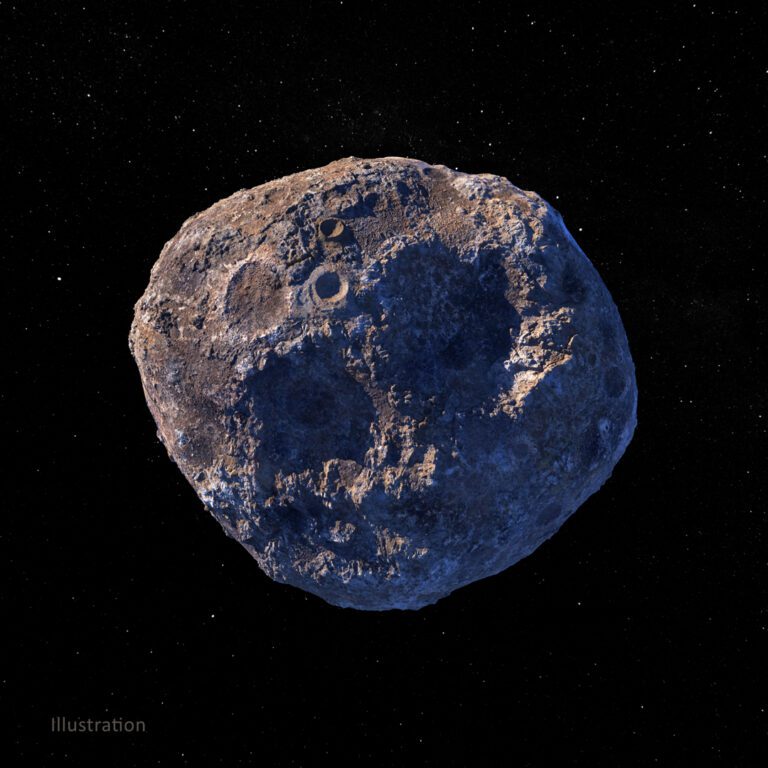In a recent celestial spectacle, the US National Aeronautics and Space Administration (NASA) found itself on the brink of issuing a rare warning after detecting an asteroid hurtling towards Earth. This space rock, aptly named 2008 OS7, boasts dimensions comparable to a football pitch, contributing to the potential for an astronomical event that nearly set off alarm bells at NASA.
The anticipated close encounter is scheduled for Friday, February 2, sending a wave of both excitement and concern through the scientific community. Classified as potentially hazardous, 2008 OS7 is projected to approach within 1.7 million miles of our planet, approximately seven times farther than the Moon. Traveling at a staggering speed of around 11 miles per second, this celestial visitor is expected to create quite a celestial show as it streaks across the cosmic landscape.
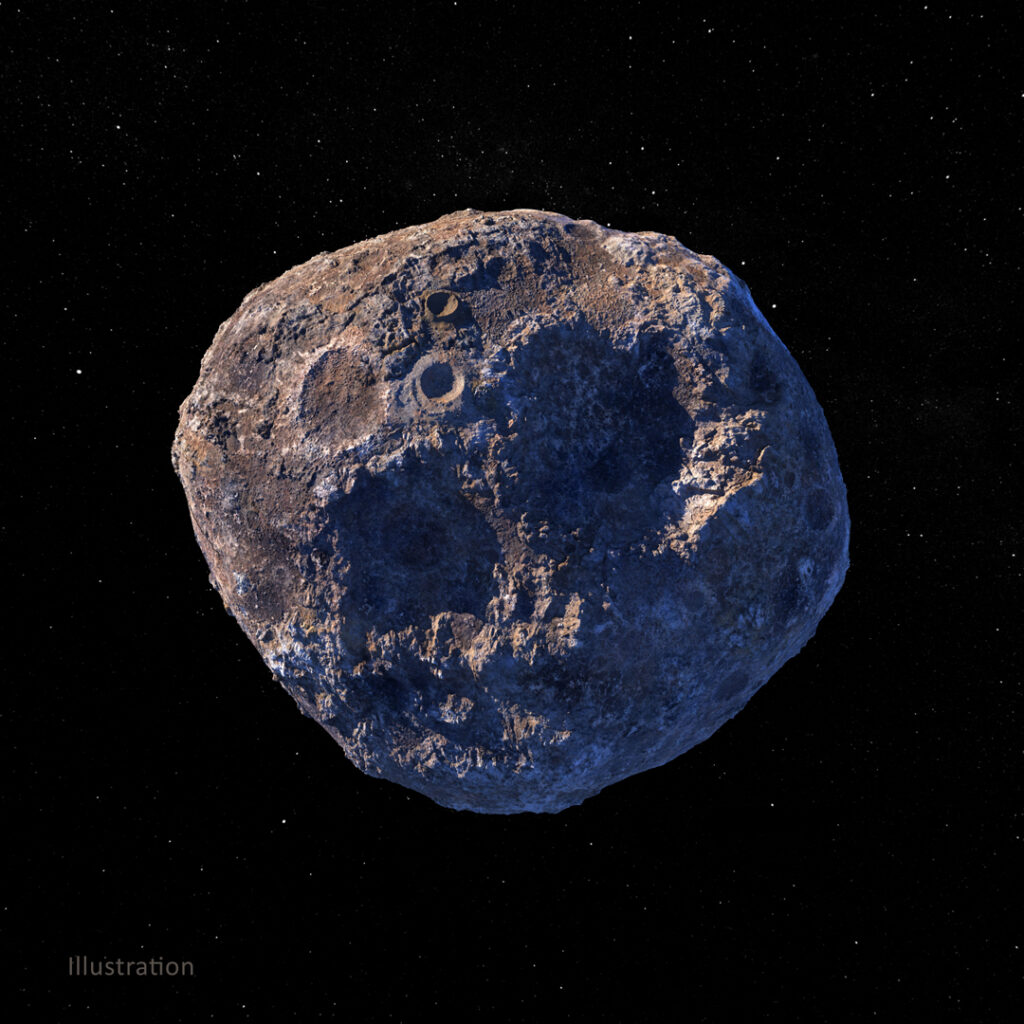
Image credits: NASA/JPL-Caltech/ASU
The astronomical event involving the football pitch-sized asteroid, 2008 OS7, takes on an added layer of intrigue as it skirts within NASA’s watchful gaze, scheduled for a noteworthy approach at 2:41 pm GMT (local time in the UK) on Friday.
Despite the apparent proximity, reassurance comes from experts like Dr. Minjae Kim, a research fellow in the University of Warwick’s physics department. Dr. Kim emphasizes that there’s no need for excessive concern, as the asteroid, while approaching close to Earth, will not enter its atmosphere.

Image credits: AsteroidWatch
The potentially hazardous nature of a 1,500-diameter asteroid is highlighted by estimates suggesting that a city impact could result in an 11-mile-wide crater, instantly vaporizing over 2 million people. The aftermath’s fireball release might further cause casualties, with an additional 11 million lives at risk, as reported by the Telegraph.
As the cosmic drama unfolds, the scientific community’s focus on monitoring and understanding these celestial maneuvers remains crucial. While the potential consequences of an asteroid impact are sobering, the reassurance of NASA’s vigilance offers solace to those observing this captivating astronomical event from the safety of Earth.
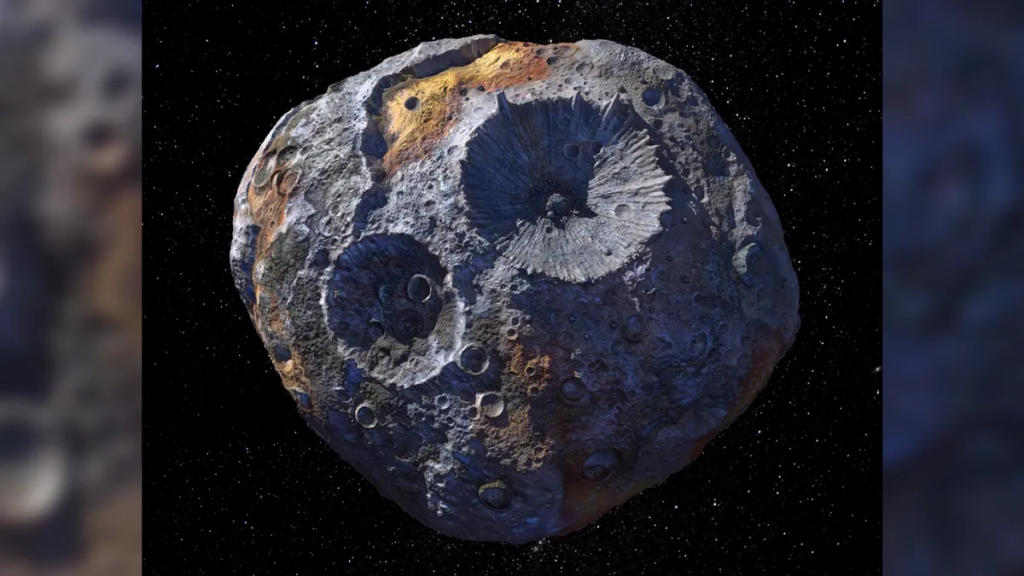
(Image credit: NASA/JPL-Caltech/ASU)
The football pitch-sized asteroid in question, designated as 2008 OS7, has garnered attention for its classification as potentially hazardous. Anticipated to approach Earth, this celestial wanderer is set to come within a distance of 1.7 million miles, prompting a watchful eye from astronomers and space agencies worldwide. While the distance may seem vast on a cosmic scale, the classification as potentially hazardous highlights the significance of monitoring and studying the trajectories of such celestial objects to ensure a comprehensive understanding of their potential impact on our planet.
The vital task of assessing and monitoring asteroid risks is conducted by the Center for Near Earth Object Studies at NASA’s Jet Propulsion Laboratory. In their diligent efforts, they scrutinize the orbits of asteroids and comets, determining the potential threat they may pose to Earth.
It’s noteworthy that the majority of asteroids and comets follow orbits that keep them at a safe distance from Earth. The classification as dangerous is reserved for those cosmic bodies that venture within 4.6 million miles and boast a size exceeding 460 feet, according to the Telegraph.
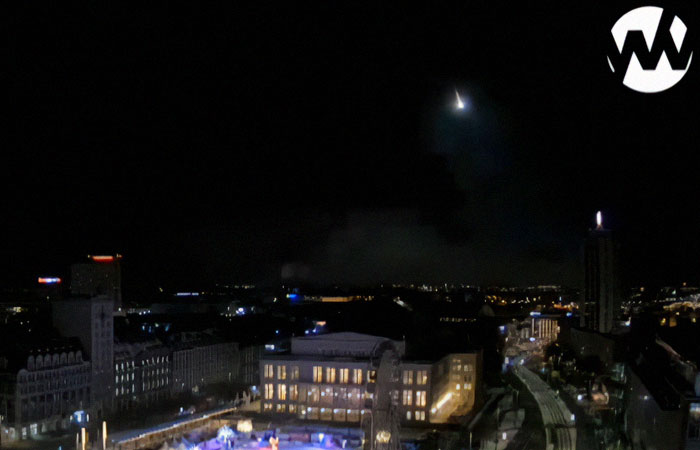
Image credits: YWNReporter
Looking ahead, the next notable celestial event on the radar is the approach of 99942 Apophis on April 14, 2029. This potentially hazardous asteroid marks a significant moment in the ongoing efforts to monitor and understand the trajectories of celestial objects that cross paths with our planet.
In a twist of cosmic dynamics, Apophis, once deemed a potential risk for a close encounter with Earth in 2068, has seen a reassessment by experts who now consider it no longer a threat.
Adding to the intrigue, NASA’s Osiris-Apex spacecraft is on a mission to rendezvous with Apophis. The spacecraft aims to study the physical changes that will result from the asteroid’s close encounter with Earth, providing valuable insights into the dynamics of these celestial interactions.
The recent cosmic activity doesn’t end there, as the potential threat posed by 2008 OS7 looms large. This concern surfaces shortly after the atmospheric descent of an asteroid named 2024 BX1. Fortunately, 2024 BX1 burned up upon impact, creating a mesmerizing fireball visible to observers across Europe. The juxtaposition of these cosmic events underscores the dynamic nature of our solar system, with ongoing scientific endeavors aiming to unravel the mysteries of celestial bodies that interact with our home planet.
NASA’s Jet Propulsion Laboratory: Center for Near Earth Object Studies Vigilantly Monitors Asteroid Risks
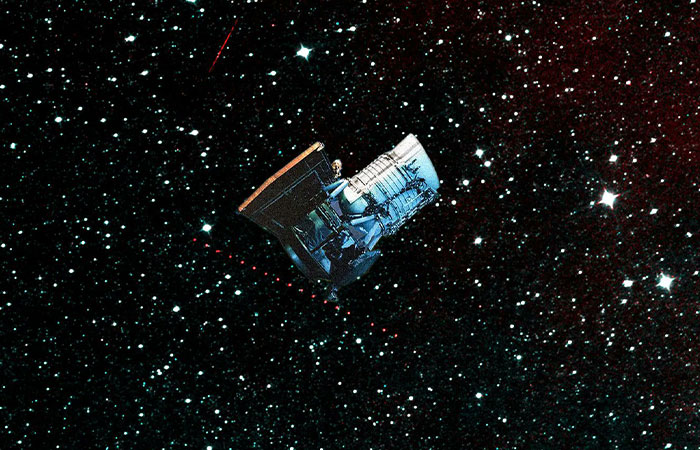
Image credits: AsteroidWatch
Videos circulating on social media captured the mesmerizing descent of a 3.3-foot (1-meter) wide asteroid over Europe. Initially spotted by a live stream camera in the German city of Leipzig and shared on X (formerly Twitter), the footage showcased the luminous trajectory of the asteroid, as reported by CBS News.
According to Denis Vida, a Ph.D. associate in meteor physics at Western University in Canada, the asteroid likely deposited some meteorites on the ground as it traversed the atmosphere, ultimately breaking apart. Vida clarified in communication with CBS News that the disintegration process commenced approximately 50 kilometers (about 30 miles) west of Berlin.

Image credits: Johns Hopkins Applied Physics Laboratory
Contrary to Hollywood portrayals, the likelihood of asteroids causing civilization-ending scenarios is less dramatic. NASA, acknowledging the potential threat, has taken proactive measures by establishing the Planetary Defense Coordination Office (PDCO). This office, situated within the Planetary Science Division at NASA Headquarters in Washington, D.C., is dedicated to the early detection of potentially hazardous objects (PHOs).
These PHOs, namely asteroids and comets with orbits bringing them within 0.05 Astronomical Units of Earth (approximately 5 million miles or 8 million kilometers) and exceeding a size threshold (greater than approximately 30 to 50 meters), are closely monitored by NASA. The agency not only tracks and characterizes these objects but also issues timely warnings about potential impacts, providing accurate information.
The existence of the PDCO underscores NASA’s commitment to planetary defense, leading to the coordination of the U.S. Government’s planning for responding to an actual impact threat. In conclusion, while the cinematic depictions of asteroid catastrophes may capture our imagination, NASA’s vigilant efforts ensure a scientifically grounded and proactive approach to mitigating potential risks from celestial objects.
